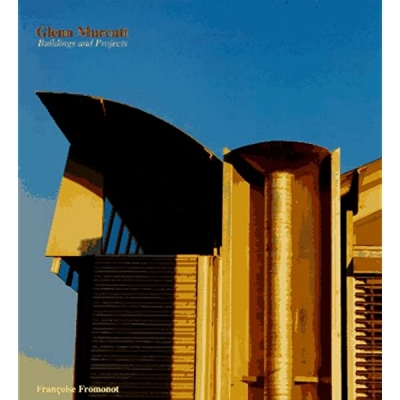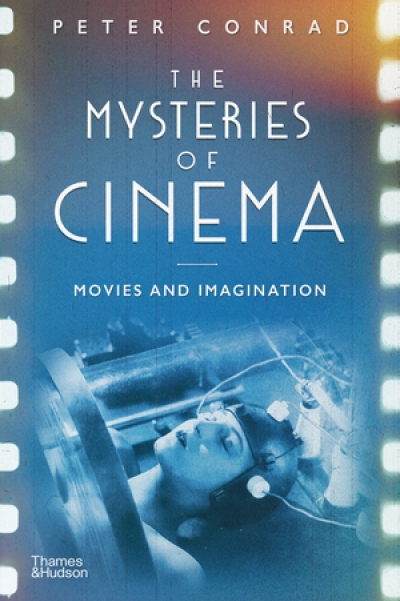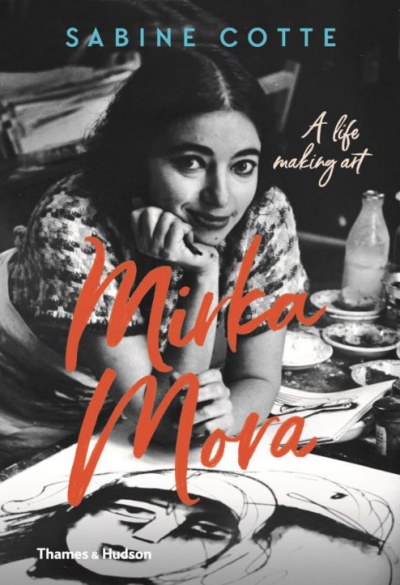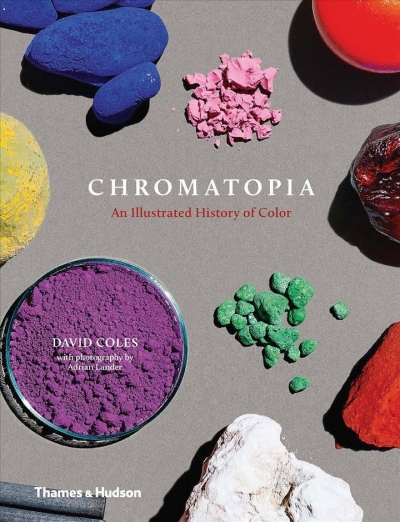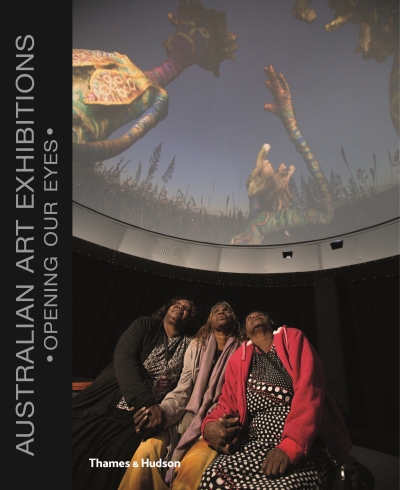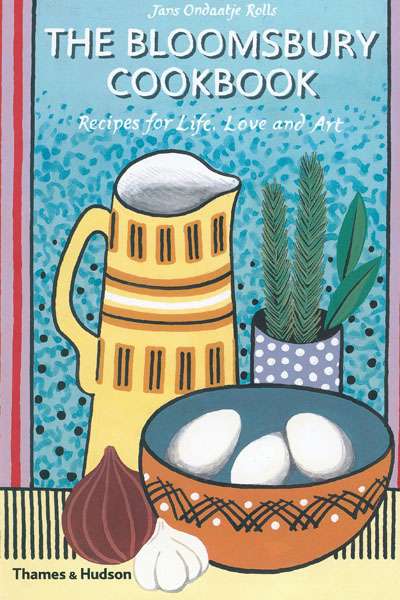Thames & Hudson
Glenn Murcutt: Buildings + projects 1962-2003 by Françoise Fromonot, translated by Charlotte Ellis
by Dimity Reed •
The Mysteries of Cinema: Movies and imagination by Peter Conrad
by James Antoniou •
After The Australian Ugliness edited by Naomi Stead, Tom Lee, Ewan McEoin, and Megan Patty
by Jim Davidson •
Heaven on Earth: Painting and the life to come by T.J. Clark
by Christopher Allen •
Chromatopia: An illustrated history of colour by David Coles
by Simon Caterson •
Australian Art Exhibitions: Opening our eyes by Joanna Mendelssohn et al.
by Ron Radford •
The Bloomsbury cookbook: Recipes for life, love and art by Jans Ondaatje Rolls
by Gay Bilson •

